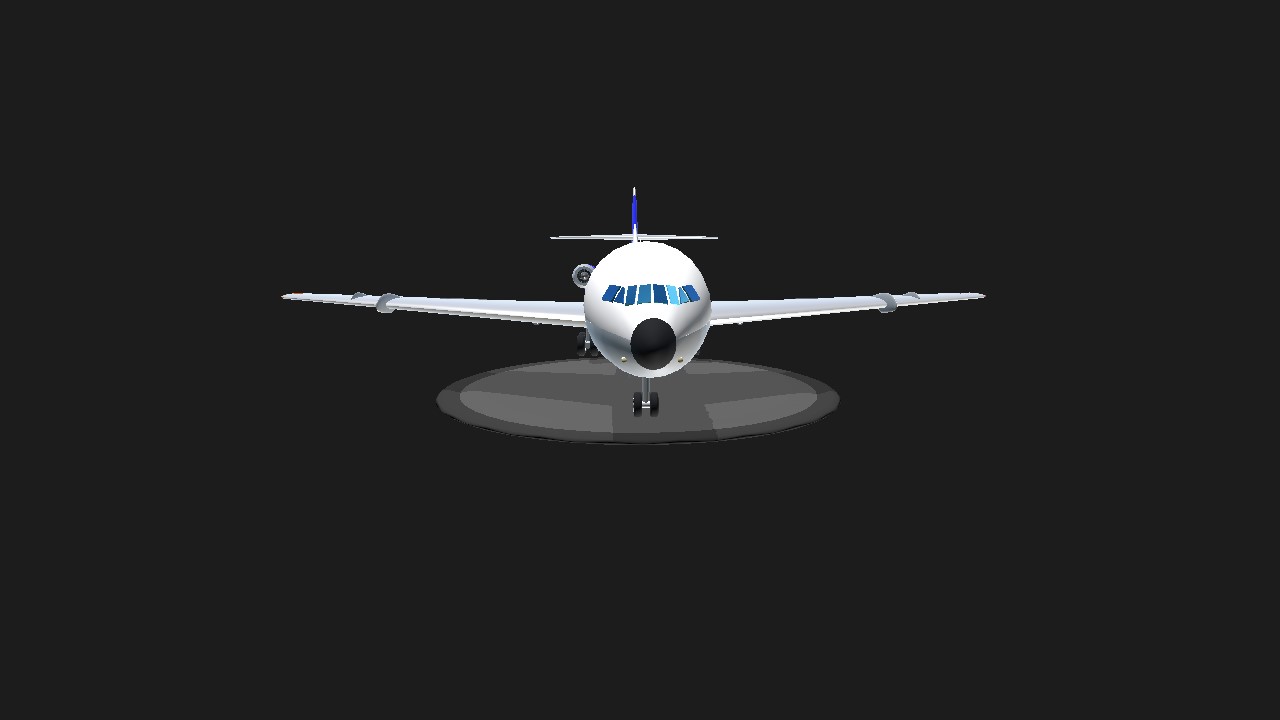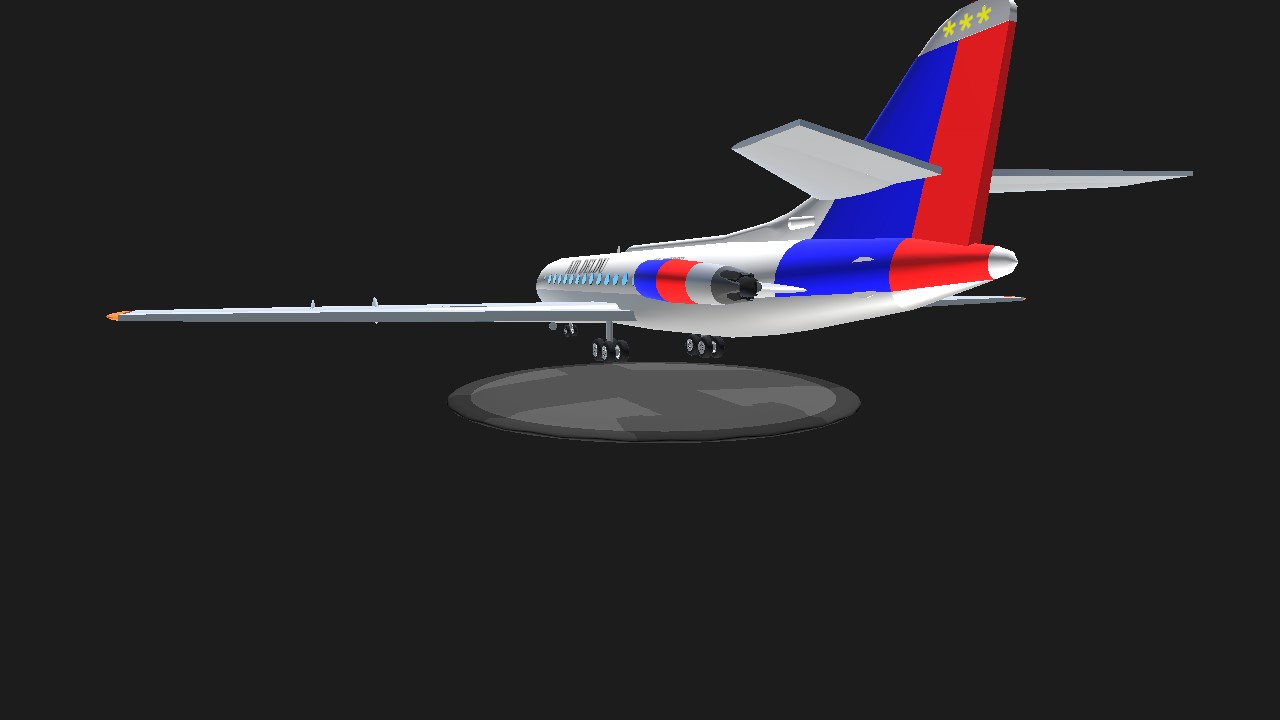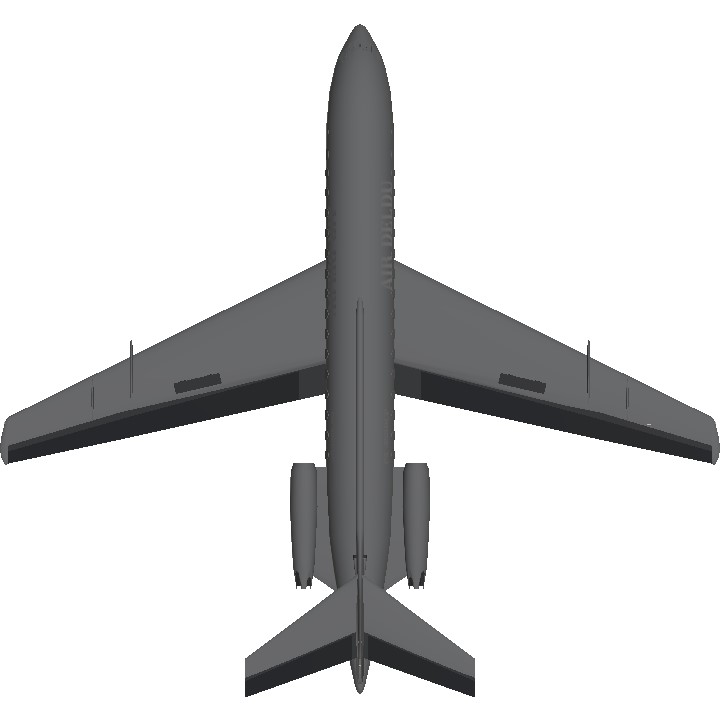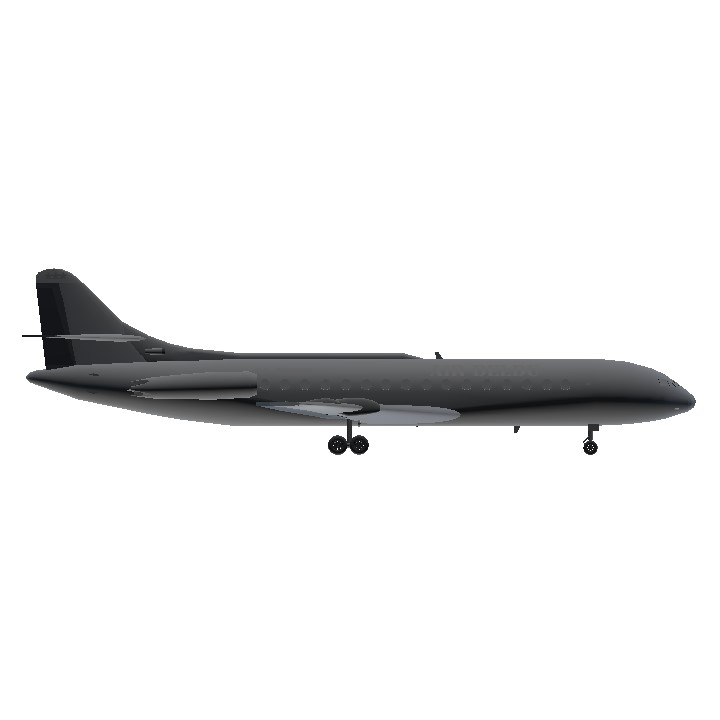About the aircraftoperations with Air France as well.[2]Further developmenteditAssembly hall in 1962, during a visit of French prime minister Michel DebréWithin four years of entering airliner service, a total of 172 Caravelles had been sold to a range of operators.[3] Aviation writer M.G. Douglas attributed the type's favourable early sales record to the effective marketing campaign of performing demonstrations to prospective customers using the two prototypes, as well to the Caravelle having effectively no jet-powered rivals, being the only short-haul jetliner for several years following its introduction.[3] Several models of the Caravelle were developed and produced over the lifetime of the production run, often in response to the increasing power of the available engines, which allowed higher takeoff weights to be adopted.[2]By 1963, there were a total of six different versions of the Caravelle in production, designated III, VI-N, VI-R, 10A, 10B, and X-BIR.[5] Of these, the Caravelle III was considered to be the basic version of the airliner, while the other variants featured an increasing number of improvements. The Caravelle VI-N was equipped with more powerful Avon 531 engines and an additional heat exchanger for the air conditioning, while the Caravelle VI-R, which had come about as a result of demands by U.S. carrier United Airlines, was furnished with thrust reverser-equipped Avon 352s, a revised windscreen design, soundproofing, a new luggage compartment door, and wing spoilers.[5]The Caravelle 10A and 10B, which differed only in the engines used and were commonly referred to as the Super Caravelle (not to be confused with the later supersonic transport design), featured the improvements of the VI-R in addition to a high degree of further design changes.[5] The more high-profile modifications included a stretch of the fuselage by 33 inches (84 cm); a highly altered wing; an aerodynamic fairing behind the fin of the tailplane; expanded cargo capacity via r
Specifications
General Characteristics
- Predecessor Sud Aviation SE 210 Caravelle III Lan Chile
- Created On Android
- Wingspan 113.2ft (34.5m)
- Length 105.7ft (32.2m)
- Height 29.9ft (9.1m)
- Empty Weight N/A
- Loaded Weight 63,591lbs (28,844kg)
Performance
- Power/Weight Ratio 0.879
- Wing Loading 16.4lbs/ft2 (79.9kg/m2)
- Wing Area 3,885.8ft2 (361.0m2)
- Drag Points 13158
Parts
- Number of Parts 269
- Control Surfaces 13
- Performance Cost 1,413






